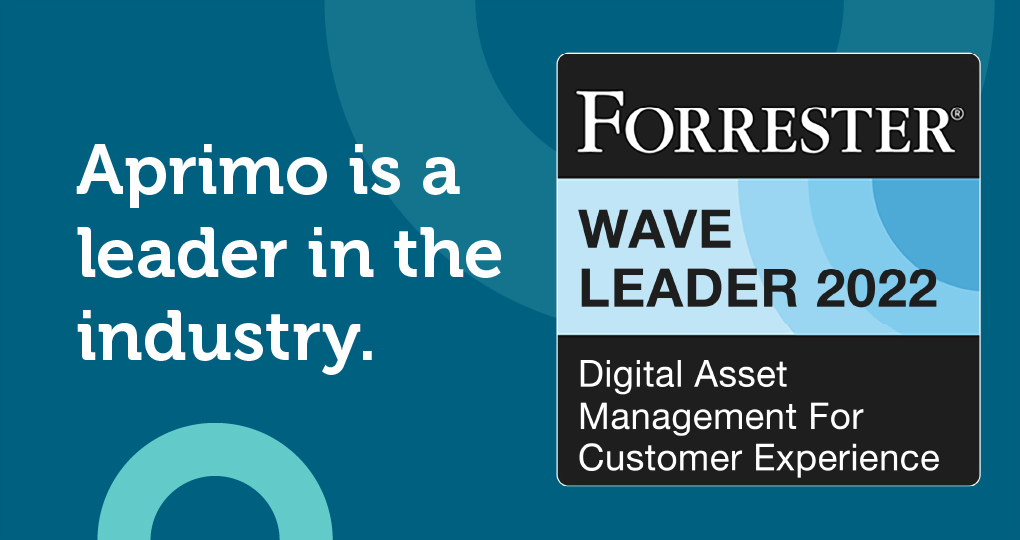Future-Proofing Digital Assets: Preservation in Enterprise DAM

If you’ve ever had to delete your favorite app because your new phone OS doesn’t support it, you’ve experienced the problem of future-proofing digital assets. Updates to technology, file formats, operating systems, and programming languages can all render your digital assets inaccessible. If you’re engaged in long-range planning, future-proofing your digital assets should be a primary concern.

Understanding the Significance of Future-Proofing Digital Assets
In the context of digital assets, future-proofing refers to planning and preparing so that your assets will remain accessible and usable regardless of how technologies and standards change over time.
Enterprise digital asset management (DAM) systems have played a key role in cataloging and protecting digital assets since the earliest days of digitization. When they were first introduced, DAM systems were primarily locally hosted on-site. However, with the increase in cloud computing, most are now cloud-based to allow for scalability, security, and disaster recovery.
The Role of Enterprise DAM in Preservation
Although enterprise DAM platforms are widely recognized for their value in storing, organizing, and accessing digital assets, they also have a role in preserving your assets for the future. Businesses can leverage DAM to simplify centralized asset management. Having a single source of truth for your assets, including images, videos, documents, and multimedia files, allows everyone in your organization to access them over time.
DAM systems are designed to support the long-term preservation of digital assets so they remain accessible even when current technology is upgraded. With all of your assets stored in a central repository, you can easily update them and then store the new versions along with the originals.


Key Challenges in Digital Asset Preservation
One of the main benefits of digital assets is their durability and ease of reproduction. Once you?ve created a digital asset or digitized a physical asset, you can create endless copies of it and don’t have to worry about it being damaged or destroyed. However, there’s one major obstacle to long-term digital asset preservation: technological obsolescence.
If the software, system, or format used to create your digital assets becomes outdated or is no longer supported, your assets may become inaccessible. For instance, you may no longer have the hardware you need to read certain file types. This is a particular problem in monolithic applications or software systems that were designed without modularity. These systems were created with proprietary software that exists entirely in one codebase, making standardization next to impossible.
Your assets may get also lost or degraded over time, particularly as you migrate them to new formats. The new formats may not support all aspects of the old format, leading to data loss. It can also be difficult to maintain essential metadata when you migrate assets, which can significantly diminish the usefulness of those assets.
Strategies for Future-Proofing Digital Assets in Enterprise DAM
DAM systems use modular micro-services and flexible front-end formats to enable seamless integration of new technology. Other strategies for future-proofing digital assets include standardizing file formats and implementing metadata best practices.
Using standardized file formats goes a long way toward eliminating many of the issues associated with technological obsolescence. Many different types of software support these file formats, so they’re ideal for cross-platform use. They’re also likely to continue to be supported as software designers prioritize integration with existing systems. Examples of standardized formats include PDF, TIFF, WAV, and PNG.
You should also use best practices for creating an efficient metadata schema that allows you to get the most value out of your assets. Metadata should include all relevant information about your content, including descriptive, administrative, technical, and rights metadata. Standardized metadata makes it easier to access and retrieve your assets, so it should be consistent across all types of assets and formats. Regularly audit and update your metadata, particularly in response to changing technology or organizational needs.


Benefits of AI-Powered Enterprise DAM
Advances in artificial intelligence (AI) and machine learning have dramatically improved the accuracy and efficiency of digital asset management systems. AI algorithms automatically scan, tag, and categorize assets based on their content. Machine learning models can also predict how assets are likely to be used. This provides proactive asset management that optimizes their availability and distribution.
Automated asset curation can provide personalized recommendations based on a user’s past behavior, use, or current role. These AI-powered insights improve search and retrieval efforts as well as the overall user experience. Natural language processing (NLP) capabilities allow users to quickly find the assets they need even if they don’t know the metadata standards.
AI systems understand the context in which a search query is made, improving the relevance of search results. This context-aware retrieval is especially helpful in large organizations with diverse asset types or when users need to perform visual searches when text-based metadata may be insufficient.




